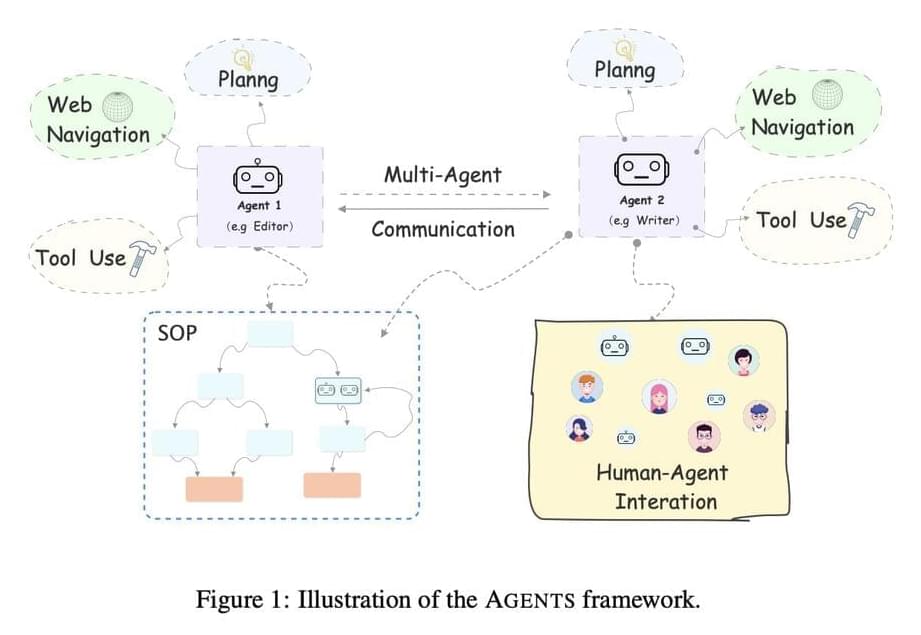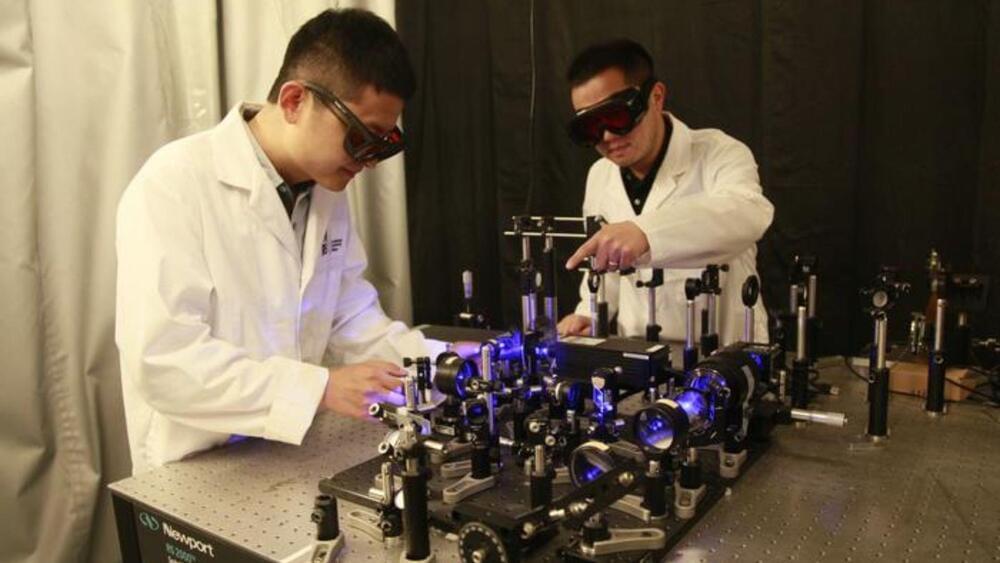Get up to speed on the rapidly evolving world of AI with our roundup of the week’s developments.
In a move that should surprise no one, tech leaders who gathered at closed-door meetings in Washington, DC, this week to discuss AI regulation with legislators and industry groups agreed on the need for laws governing generative AI technology. But they couldn’t agree on how to approach those regulations.
“The Democratic senator Chuck Schumer, who called the meeting ‘historic,’ said that attendees loosely endorsed the idea of regulations but that there was little consensus on what such rules would look like,” The Guardian reported. “Schumer said he asked everyone in the room — including more than 60… More.








